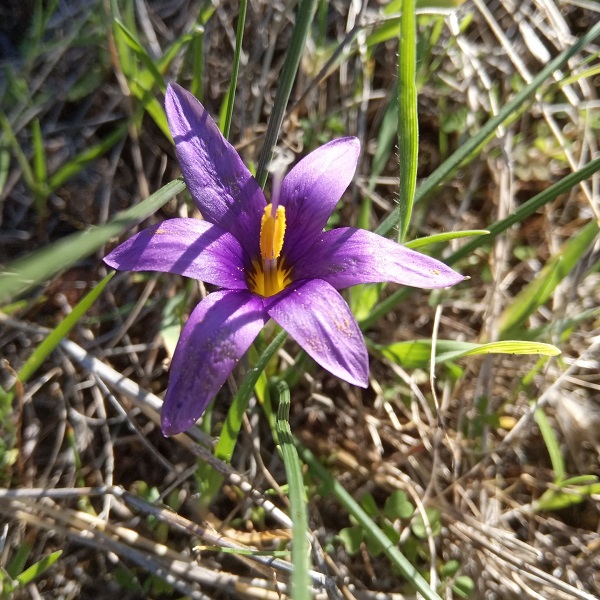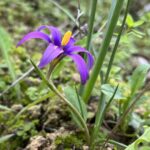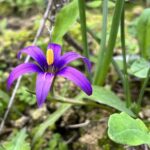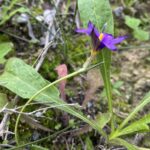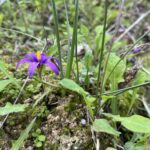Βοσκός, Ρωμουλέα τεμπσκυάνα
Etymology of Romulea tempskyana: The genus's name "Romulea" refers to the legendary founder of Rome, Romulus, and alludes to the abundance of one of the species of the genus in the Roman countryside. The epithet "tempskyana" was created by botanists, perhaps as a tribute to Gustavus Ferdinand von Tempsky (1828-1868), a Prussian adventurer, artist, newspaper correspondent and soldier.
Romulea is a genus of flowering plants in the iris family, first described as a genus in 1772. There are three Romulea species and subspecies in the wild Cypriot habitat.
Romulea tempskyana usually blooms in January and February but sometimes it could bloom from December or may bloom until March. It is a very common, extremely short plant encountered all around Cyprus except for the Akamas region. It mainly grows on uncultivated prairies, forests, and stony places, as cultivation kills it. It grows at altitudes of up to 1225 metres.
How to identify Romulea tempskyana:
Romulea tempskyana's perianth is deep violet, rarely pure white, 2.1-3.7 cm long, and its tube is 8.5-17 mm long (significantly larger sizes than the other two subspecies).
The other two subspecies in Cyprus have a white to deep lilac-blue, or greenish-yellow flushed violet perianth with dark veins, 0.9-1.8 cm long, and a tube 2.5-4 mm long.
